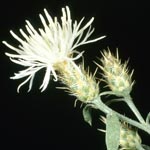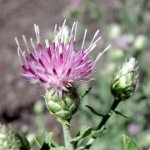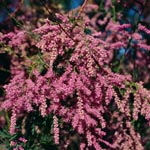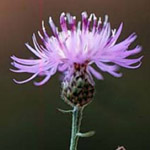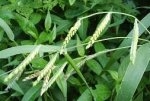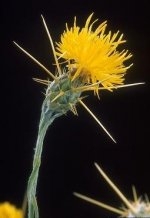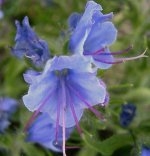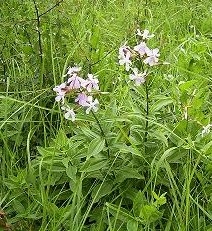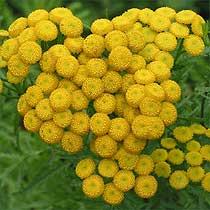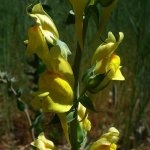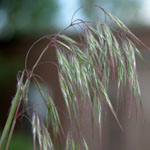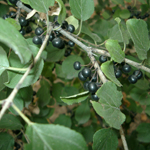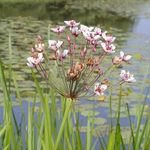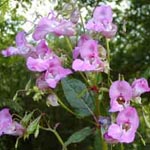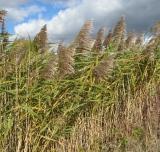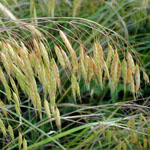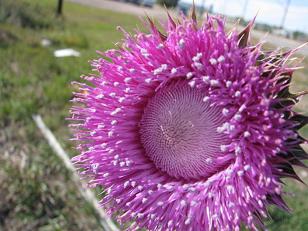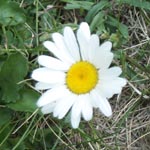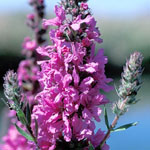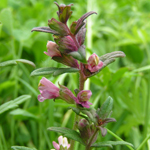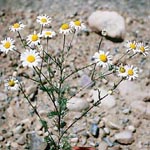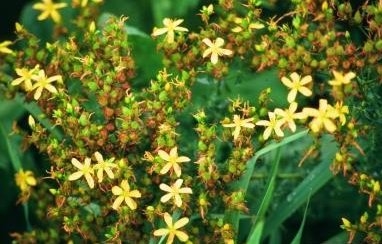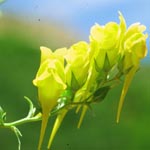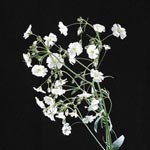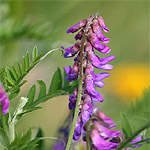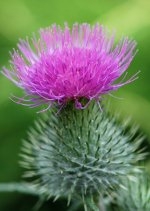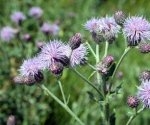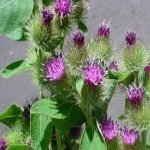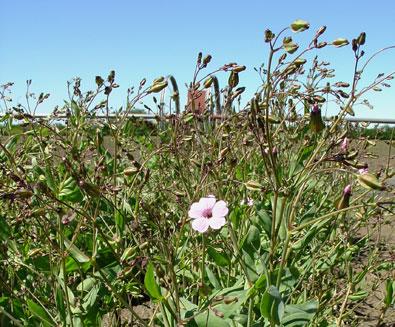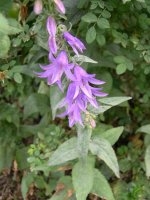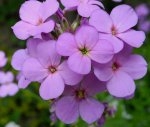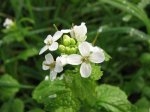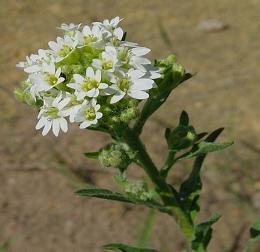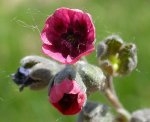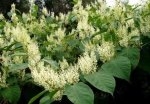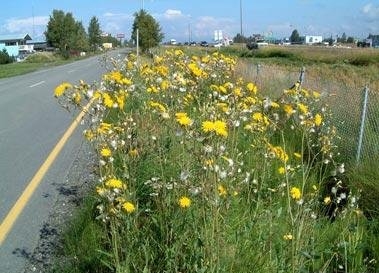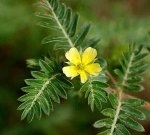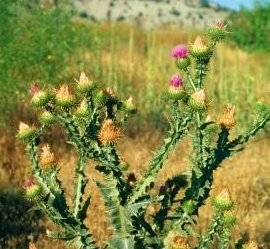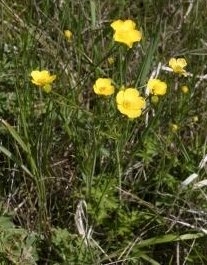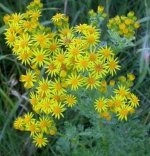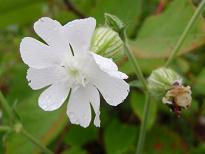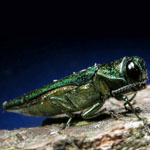Terrestrial Species
Early Detection and Rapid Response
Early detection is a comprehensive, integrated system of active or passive surveillance to find and verify the identity of new invasive species as early after entry as possible, when eradication and control are still feasible and less costly. It may be targeted at areas where introductions are likely, such as near pathways of introduction; or sensitive ecosystems where impacts are likely to be great or invasion is likely to be rapid. In Manitoba these speceis have been placed into two categories; Category 1 and Category 2.
There are other terrestrial plant species as well as invertebrates and fungi listed that are not part of the EDRR list
Category 1 -Manitoba Wide Alert WeedsPriority Early Detection Invasive Plant Species Criteria for listing:- These invasive plants are not present in Manitoba, but maybe present in cultivation[1] but not yet known to have escaped, and/or - If listed as a Manitoba Noxious Weed, and/or - If on the List of Pests Regulated in Canada and - Capable of establishing in Manitoba based upon climate variables - A pathway of introduction exists - Easily identifiable with available resources Minimum Management Criteria (MMC):- Eradication is first option if detected and if feasible. - A lead agency should be identified and a management committee formed to develope an eradication strategy - An education and awareness program is required - Provincial ban on sale and trade. Species may be moved to next category if found in Manitoba [1] Cultivated as a garden plant, for ornamental horticulture, water ponds or gardens, for lawns; and is outside its natural range.
| |
Category 1 Plants | |
Common Crupina | 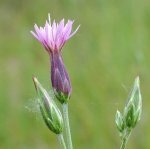 |
Diffuse Knapweed | |
Jointed Goat Grass |
|
Kudzu Vine | |
Mile-a-minute Weed |
|
Paterson's Curse | 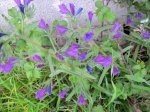 |
Purple Nutsedge |
|
Russian Knapweed |
|
Salt Cedar |
|
Spotted Knapweed | |
Woolly Cupgrass |
|
Yellow Starthistle | |
Category 2 - Localized Presence - Manitoba Weed AlertsCriteria for listing:- These invasive plants are present in Manitoba and - Capable of further spread and - Pathways for spread are present and - Easily identifiable with available resources Minimum Management Criteria (MMC):- Eradication is first option, when feasible - Containment and control programs are second option - Education and awareness programs to foster prevention - A response plan is available or under development
| |
Category 2 - Plants | |
Blue Weed | |
Bouncing Bet |
|
Common Tansy | |
Dalmatian Toadflax | |
Downy Brome | |
European Buckthorn | |
Field Scabious |  |
Flowering Rush | |
Himalayan Balsam |
|
Invasive Phragmities |
|
Japanese Brome | |
Leafy Spurge | |
Nodding Thistle | |
Ox-eye Daisy | |
Purple Loosestrife | |
Red Bartsia | |
Scentless Chamomile | |
St. John's Wort |
|
Yellow Toadflax | |
Other Terrestrial Invasive Plants | |
Baby's Breath | |
Bird Vetch | |
Bull Thistle |
|
Canada Thistle | |
Common Burdock | |
Cow Cockle |
|
Creeping Bellflower |
|
Dame's Rocket |
|
Field Bindweed |
|
Garlic Mustard |
|
Giant Hogweed | 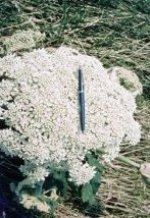 |
Hoary Alyssum |
|
Hound's Tongue |
|
Japanese Knotweed |
|
Orange Hawkweed | 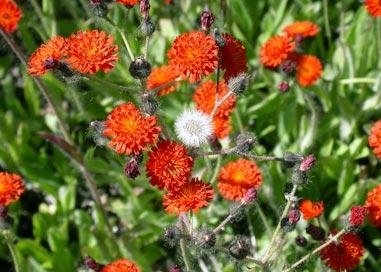 |
Perennial Sow Thistle |
|
Puncture Vine |
|
Scotch Thistle |
|
Tall Buttercup |
|
Tansy Ragwort |
|
White Cockle |
|
INVERTEBRATES | |
| |
Lily Leaf Beetle | 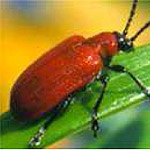 |
FUNGI | |
| |
© Copyright 2004-2025 - CMS Made Simple
This site is powered by CMS Made Simple version 1.4.1


